Alexandria, the second-largest city in Egypt and the country’s principal seaport, is known for its rich cultural heritage, scenic Mediterranean coastline, and fascinating historical sites. Often referred to as the “Bride of the Mediterranean,” Alexandria boasts a unique blend of ancient history, Greco-Roman architecture, and modern-day cosmopolitanism. Founded by Alexander the Great in 331 BCE, the city served as a hub of learning, trade, and culture for centuries. Alexandria’s strategic location and storied history have made it one of the most significant cities in the ancient and modern world. This article delves into the history of Alexandria and provides detailed descriptions of its top 10 tourist attractions.
Alexandria was established by Alexander the Great during his conquest of Egypt, and it quickly became the heart of Hellenistic culture in the Mediterranean world. Under the rule of the Ptolemaic Dynasty, the city flourished as a center of learning, with the Library of Alexandria being the most famous institution of knowledge in antiquity. The city was also home to the Pharos of Alexandria, one of the Seven Wonders of the Ancient World, which guided ships safely to the bustling port. Over time, Alexandria became a melting pot of Egyptian, Greek, and Roman influences, as well as a beacon for scholars, philosophers, and scientists such as Euclid and Hypatia.
Throughout its long history, Alexandria has been a focal point of various empires and civilizations. Following the Roman conquest of Egypt, it became an important provincial capital, and later it played a crucial role in the spread of Christianity and Islam. Today, Alexandria remains one of Egypt’s most significant cultural centers, balancing its rich ancient past with modern growth and development.


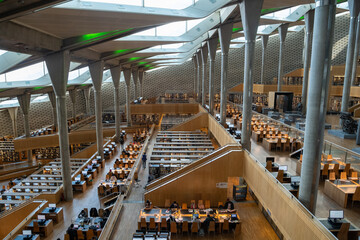
The modern Bibliotheca Alexandrina, opened in 2002, stands as a tribute to the ancient Library of Alexandria, which was the largest and most famous library of antiquity. The new library is an architectural marvel with a stunning elliptical design, featuring a massive granite wall engraved with scripts from 120 different languages. The complex houses millions of books, a planetarium, several museums, and research centers.
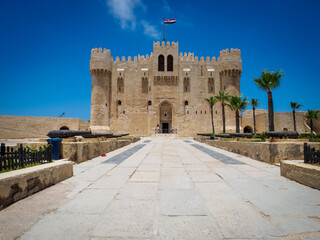

The Citadel of Qaitbay, located on the eastern tip of Alexandria’s harbor, is a majestic 15th-century fortress that overlooks the Mediterranean Sea. It was constructed by Sultan Al-Ashraf Sayf al-Din Qaitbay in 1477 CE on the site of the ancient Pharos Lighthouse, which had been destroyed by earthquakes in the 14th century. The citadel features massive walls, defensive towers, and a beautiful interior courtyard.
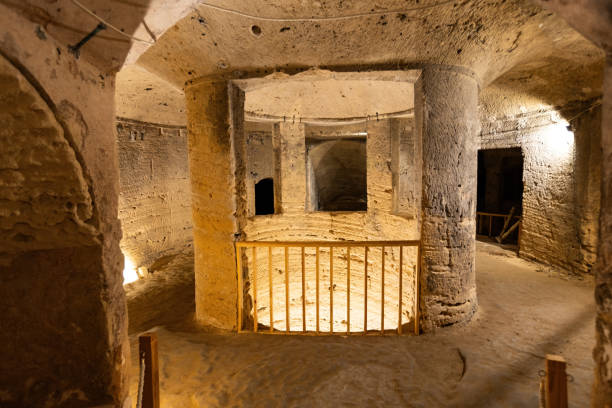


The Catacombs of Kom El Shoqafa are a series of underground tombs and burial chambers that date back to the 2nd century CE, during the Roman period. The catacombs are renowned for their fusion of Egyptian, Greek, and Roman architectural styles. Visitors descend into three levels of tombs, where they can see intricate carvings, statues, and sarcophagi, as well as the Hall of Caracalla, which contains the bones of horses and humans.


Pompey’s Pillar is a towering granite column, standing nearly 30 meters tall, located on the ruins of the ancient Serapeum temple complex. Despite its name, the column has no connection to the Roman general Pompey. It was erected in honor of the Roman Emperor Diocletian in 297 CE to commemorate his victory over a rebellion in Alexandria.
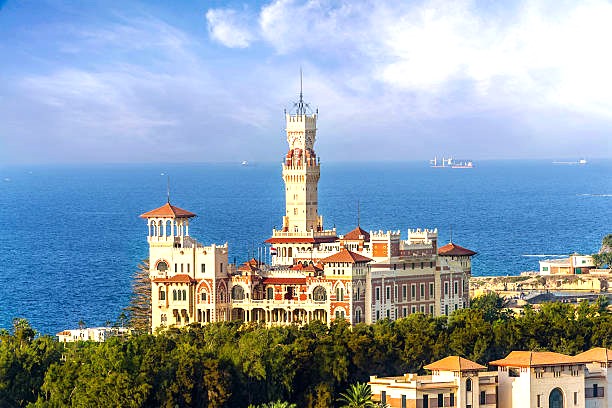
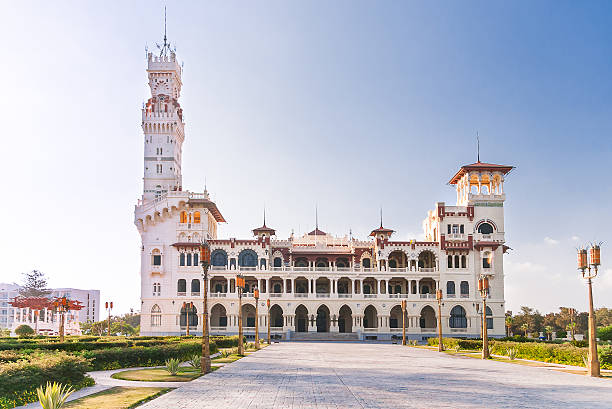
The Montaza Palace is a royal palace set within lush gardens that overlook the Mediterranean Sea. Built in the early 20th century by Khedive Abbas II, the last khedive of Egypt, the palace features a unique architectural blend of Ottoman and Florentine styles. Today, the palace gardens are open to the public and offer a peaceful escape, with walking paths, exotic plants, and stunning sea views.
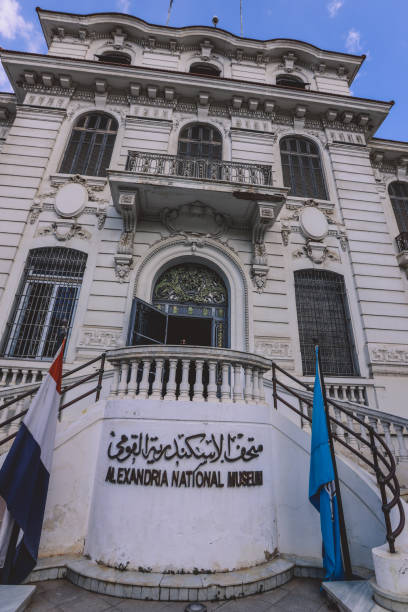
The Alexandria National Museum is housed in a beautifully restored Italian-style palace and showcases more than 1,800 artifacts that tell the story of Alexandria from its Pharaonic beginnings to the modern era. The museum’s collection includes statues, jewelry, pottery, and coins from the Hellenistic, Roman, Coptic, and Islamic periods.
Top 10 Tourist Attractions in Alexandria
Bibliotheca Alexandrina
Citadel of Qaitbay
Catacombs of Kom El Shoqafa
Pompey’s Pillar
Montaza Palace and Gardens
Alexandria National Museum
Roman Amphitheatre of Kom El Dikka
Royal Jewelry Museum
Stanley Bridge
Abu al-Abbas al-Mursi Mosque
Alexandria is a city that seamlessly blends ancient history with modern vibrancy. From the towering ruins of the Pharos Lighthouse to the serene gardens of Montaza Palace, the city offers a wide range of attractions that reflect its importance throughout the centuries. Visitors to Alexandria can explore the remnants of its Hellenistic, Roman, and Islamic past while enjoying the dynamic coastal atmosphere of the Mediterranean. Each of the city’s top attractions offers a unique insight into Alexandria’s multi-layered history, making it a must-visit destination for travelers seeking both cultural enrichment and scenic beauty.
©2025 Elite Travel Gate All Rights Reserved